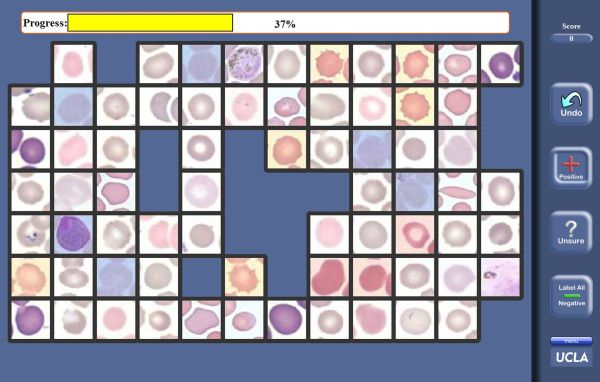A Mathematical Framework for Combining Decisions of Multiple Experts toward Accurate and Remote Diagnosis of Malaria Using Tele-Microscopy published in PLoS ONE (2012)
By S. Mavandadi , S. Feng , F. Yu ,

We propose a methodology for digitally fusing diagnostic decisions made by multiple medical experts in order to improve accuracy of diagnosis. Toward this goal, we report an experimental study involving nine experts, where each one was given more than 8,000 digital microscopic images of individual human red blood cells and asked to identify malaria infected cells. The results of this experiment reveal that even highly trained medicalexperts are not always self-consistent in their diagnostic decisions and that there exists a fair level of disagreement among experts, even for binarydecisions (i.e., infected vs. uninfected). To tackle this general medical diagnosis problem, we propose a probabilistic algorithm to fuse the decisions made by trained medical experts to robustly achieve higher levels of accuracy when compared to individual experts making such decisions. Bymodelling the decisions of experts as a three component mixture model and solving for the underlying parameters using the ExpectationMaximisation algorithm, we demonstrate the efficacy of our approach which significantly improves the overall diagnostic accuracy of malariainfected cells. Additionally, we present a mathematical framework for performing ‘slide-level’ diagnosis by using individual ‘cell-level’ diagnosis data, shedding more light on the statistical rules that should govern the routine practice in examination of e.g., thin blood smear samples. This framework could be generalized for various other tele-pathology needs, and can be used by trained experts within an efficient tele-medicine platform.